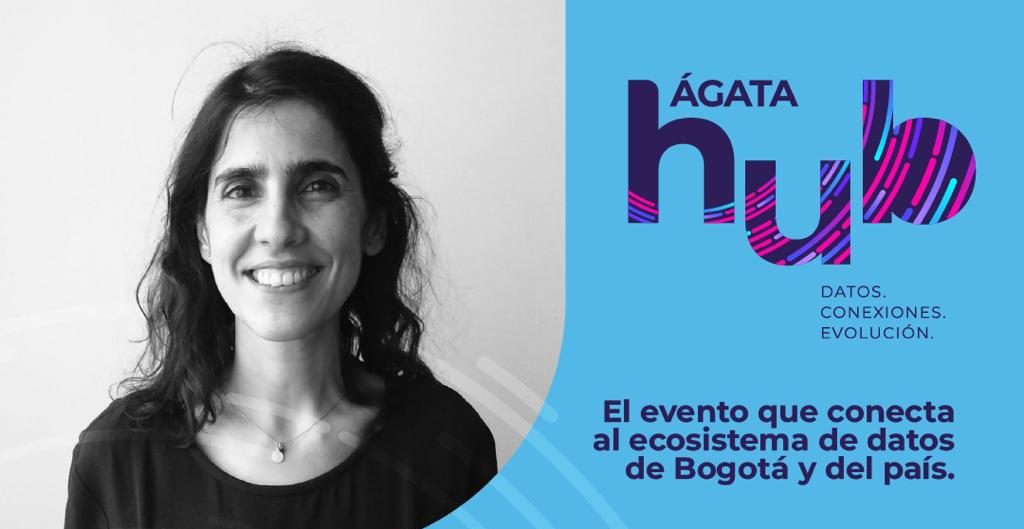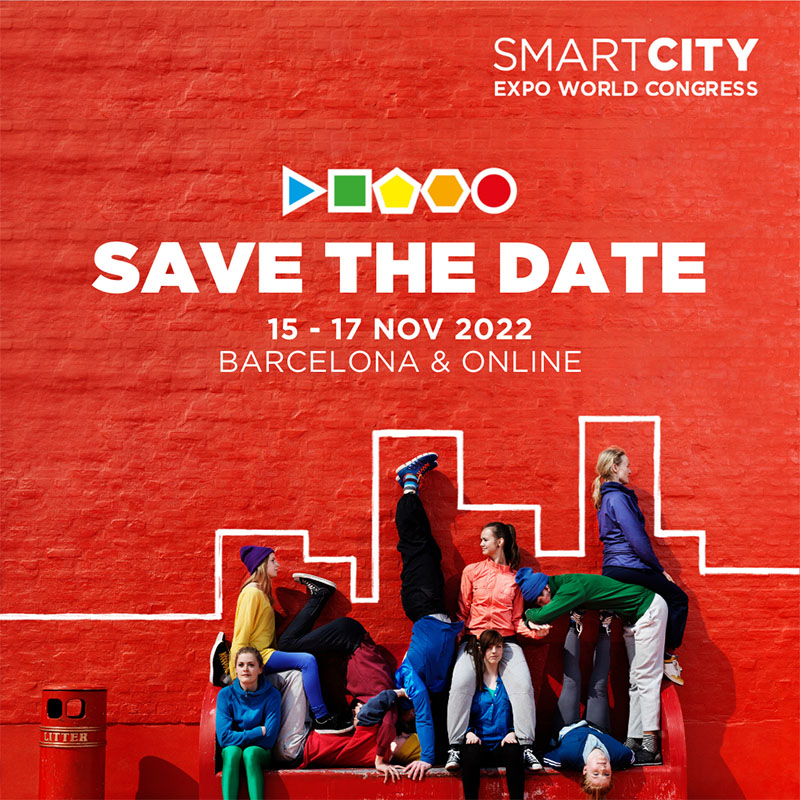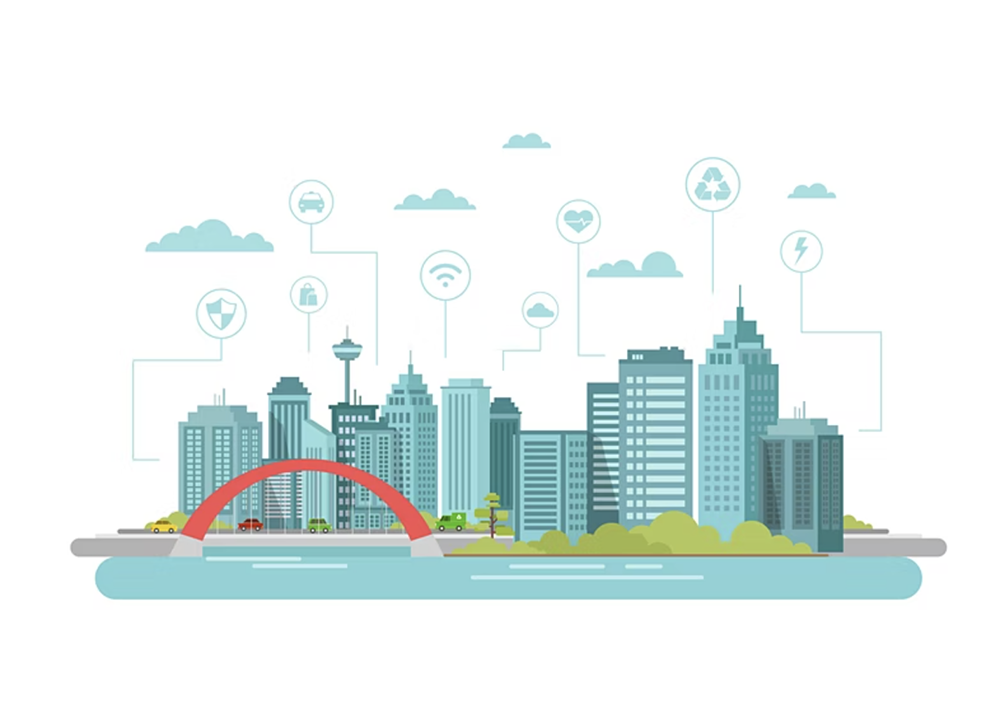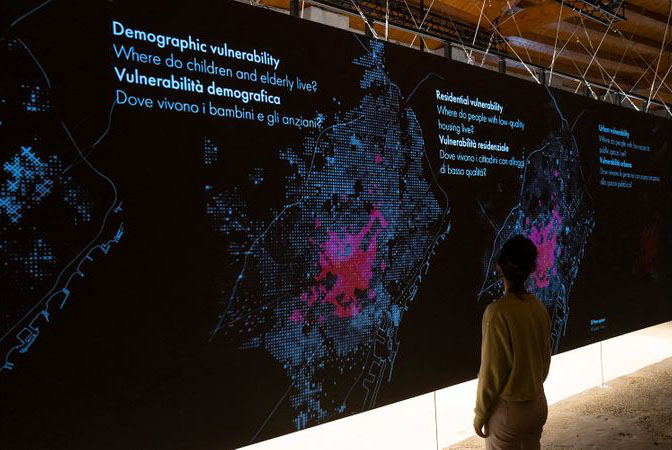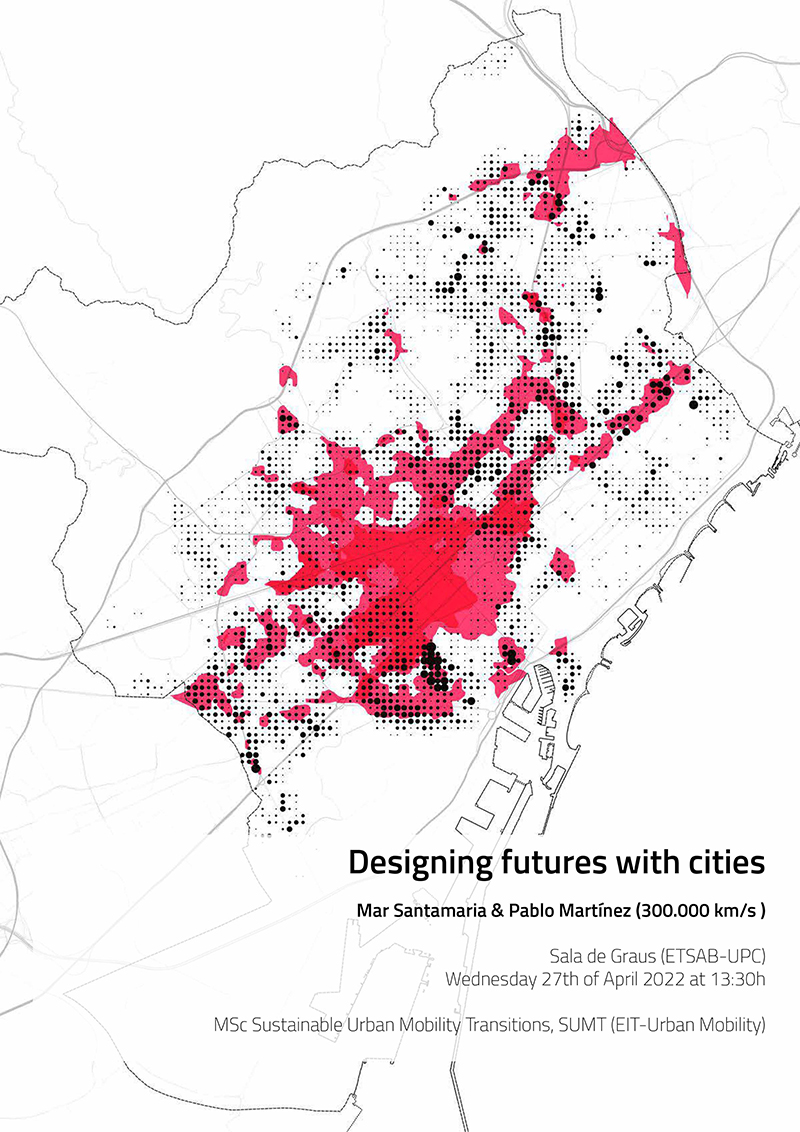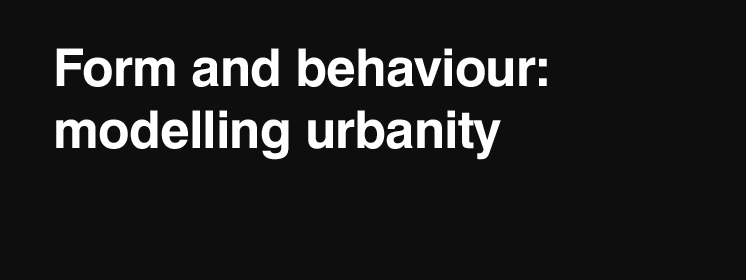ZARCH is currently accepting the submission of articles for their consideration, following the external Peer Review process as described on this website. They should address the topic for the upcoming issue.
Issue 19: “Form and behaviour: modelling urbanity”
Deadline for submission of articles: May 1st, 2022
Expected publication date: December 2022
https://papiro.unizar.es/ojs/index.php/zarch/convocatoria-abierta
Call Text:
The second volume of Ildefons Cerdà’s Teoría General de la Urbanización —a work that defines urban planning as a science for the first time— includes an extensive set of statistics and property registers of Barcelona that served as a basis for the design of the city extension plan and made it possible to establish relationships between urban conditions and their impact on mortality and to argue and justify the need to expropriate a generous amount of land to make new roads. Years later, under the motto ‘survey before planning,’ Patrick Geddes introduced in Cities in Evolution the need for observation and profound knowledge of the city and the territory prior to any urban planning action. This view accepting urban planning as scientific knowledge was conditioned by the method. Later, in 1970, Manuel de Solà-Morales emphasised in La ciudad y los juegos that ‘urban planning, as a social science, suffers from the difficulties of working with an ambiguously defined body with minimal testing capacity’. The aim of this statement was to establish the need to build abstract city models based on logical and mathematical formulations that would act as laboratories of reality where acting principles would be validated and not just the result of ideological apriorisms. Although this line of work was clearly identified by Solà-Morales, he did not continue it; instead he focused his activity on the knowledge of city morphology.
These models —based on visionary concepts— required being data fed, at that time very limited, and processed by statistical methodologies yet to be developed that could only work thanks to today’s information technologies. In the same year, 1970, Tobler published his law on ‘spatial correlation.’ Years later, in the same decade, the first satellite networks for geolocalisation were launched and the first GIS programmes began to be developed. These would later lead to today’s land management tools. Nowadays, 50 years later, we wear GPS sensors in our pockets (mobile phones), we have developed a high computational processing capacity that is also the basis for new statistical methodologies (spatial clustering techniques or predictive statistics), and we have a multitude of high-precision and easily accessible data that allow us to systematically model the planet urban continuum. These include, among others, Open Street Maps, Global Human Settlement Layer, daily satellite images of the entire planet with 30 cm. per pixel resolution or casual data obtained by social networks, real estate portals or others, which are collected through the internet by robots that track them.
Nowadays, several research groups explore the use of these data and methodologies for developing models that serve as laboratories of reality for describing, discovering, predicting or simulating our urban environment. These laboratories offer the possibility of answering questions that urban planning has been trying to answer for years and formulating new ones as a result of the expansion of the discipline that redefines its limits when observing and measuring a reality that is increasingly complex. As Sennett states in Building and Dwelling, we need to understand this complexity not only from the form of the city, but also from the behaviour of its citizens. This is how today’s urban analysis enriches traditional morphological approaches with so many other non-visible variables of the city, characterises infrastructures through their use and not only through their size, provides the city plan with temporal features, explains mobility flows and also economic and knowledge-related flows, and outlines social organisation forms that go beyond administrative delimitations. A new look at the urban environment resulting from the knowledge and infrastructures developed in recent years.
This new look is a valuable description in the current historical context in which we must reorder cities to meet the challenge of climate adaptation. This implies a radical change with consequences also for social justice, health and care, emerging economies or new participatory mechanisms, as reflected in the Sustainable Development Goals (SDGs) and the international and national urban agendas that support them. These transdisciplinary issues will require diagnoses, simulations and evaluations capable of generating complex urban knowledge that, for the first time, can be globally reproduced and replicated.
This issue is an invitation to:
– show what these new methodologies can explain to our cities: case studies of the use of data for urban diagnosis at several scales, with documentation of their methodologies;
– discuss the different methodological approaches outlining the evolution of the research line in this framework;
– study cases that apply this new knowledge to urban development practice: either in planning or in managing urban services;
– reflect on how the cities resulting from all these processes can be better than the cities we know today: the challenges, dangers and opportunities guiding their use.
This is not a new paradigm but rather a glimpse of the changes that the discipline of urban planning has fostered for years.
Mar Santamaría-Varas, Pablo Martínez-Díez, Sergio García-Pérez
